Mustard is primarily made from mustard seeds, liquid (water, vinegar, wine, or beer), salt, and spices. This simple combination triggers a chemical reaction that releases the pungent oils responsible for mustard's signature heat and aroma. Mustard has been a global condiment for thousands of years, used in dishes from sandwiches to gourmet sauces.
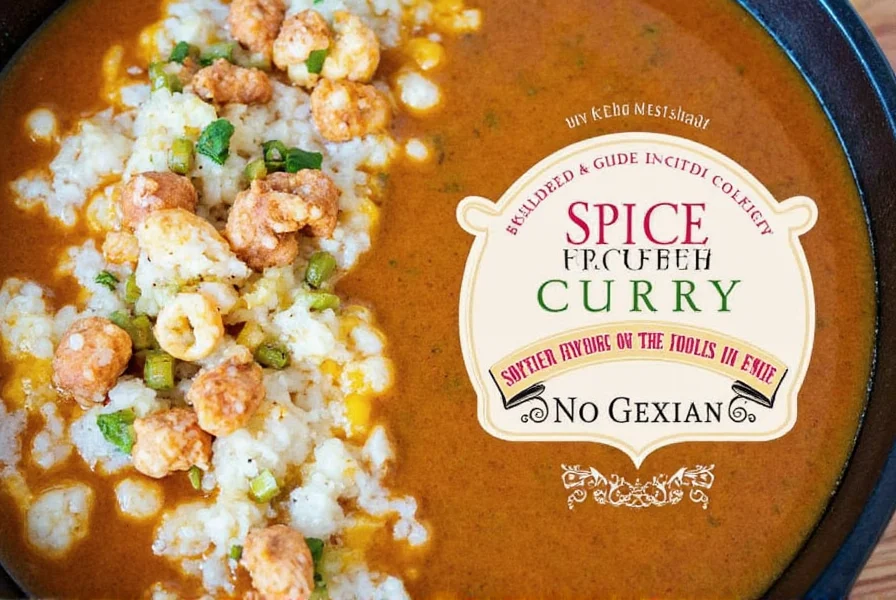
In this article, we'll break down everything you need to know about what mustard is made of, including seed types, production methods, and how to choose the perfect mustard for your dishes.
Table of Contents
- What Is Mustard Made Of?
- Types of Mustard Seeds
- How Is Mustard Made?
- Flavors & Textures: How They Differ
- Popular Mustard Varieties Around the World
- Buying Guide: How to Choose the Right Mustard
- Using Mustard in Cooking: Tips & Tricks
- Frequently Asked Questions
- Conclusion
What Is Mustard Made Of?
At its core, mustard is made by grinding mustard seeds and mixing them with liquid — typically water, vinegar, wine, or beer. This simple combination triggers a chemical reaction that releases the pungent oils responsible for mustard's signature heat and aroma.
| Base Ingredient | Function |
|---|---|
| Mustard Seeds | Provide flavor and heat |
| Liquid (Water, Vinegar, Wine) | Activates enzymes and controls texture |
| Salt | Enhances flavor and preserves |
| Spices/Herbs | Adds complexity and variety |
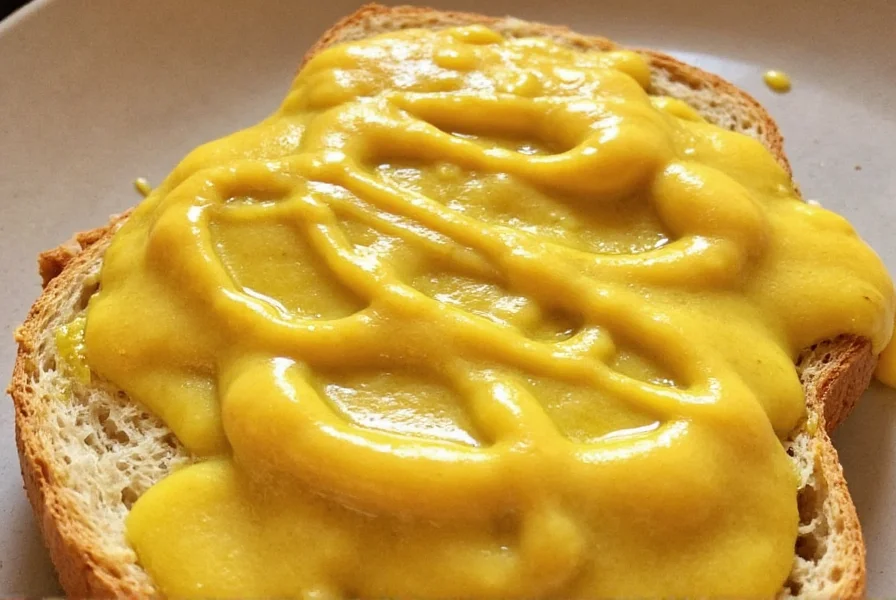
Why Mustard Has That Unique Bite
The sharp, spicy kick comes from compounds called glucosinolates, which break down when the seeds are crushed and mixed with liquid. The longer it sits, the milder it becomes — hence why some mustards are aged for weeks or months.
Types of Mustard Seeds
There are three primary types of mustard seeds used around the world:
- Yellow Mustard Seeds: Mild, often used in American-style ballpark mustard.
- Brown Mustard Seeds: Slightly spicier, commonly found in European and Asian cuisines.
- Black Mustard Seeds: The hottest of the three, popular in Indian and Middle Eastern dishes.

Comparison Table: Mustard Seed Types
| Type | Flavor Profile | Common Uses |
|---|---|---|
| Yellow | Mild, slightly sweet | Classic yellow mustard, pickling |
| Brown | Spicy, earthy | Dijon mustard, curry blends |
| Black | Strong, fiery | Indian cuisine, tempering spices |
How Is Mustard Made?
The process of making mustard is deceptively simple but crucial to achieving the right balance of heat and flavor.
- Crush the Seeds: Whole seeds are ground into a powder or left whole depending on desired texture.
- Mix with Liquid: Water, vinegar, wine, or beer activates the enzymes that produce the spicy flavor.
- Add Salt & Flavorings: Salt enhances flavor and acts as a preservative. Herbs, spices, honey, or even fruit may be added for unique profiles.
- Aging: Some mustards are aged for days or weeks to develop depth and smoothness.
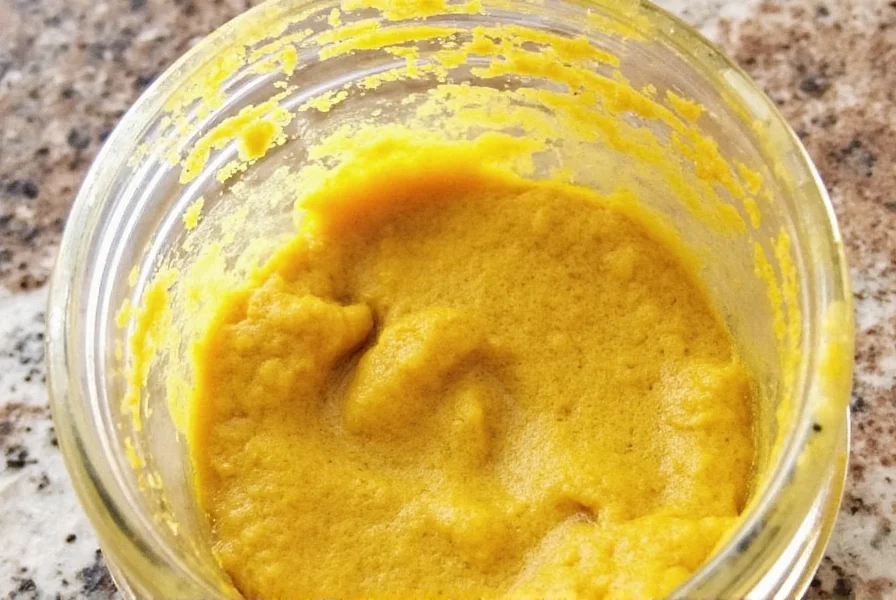
Fun Fact: Why Hot Mustard Gets Milder Over Time
The volatile oils that make mustard spicy evaporate over time. So, if you like it extra sharp, use it fresh!
Flavors & Textures: How They Differ
Depending on how the mustard is made, it can range from smooth and creamy to coarse and grainy. Here's how texture and flavor vary:
| Type | Texture | Flavor Notes |
|---|---|---|
| Smooth Mustard | Creamy, spreadable | Mellow, balanced |
| Coarse Mustard | Chunky, rustic | Earthy, bold |
| Whole Grain Mustard | Gritty, textured | Complex, punchy |
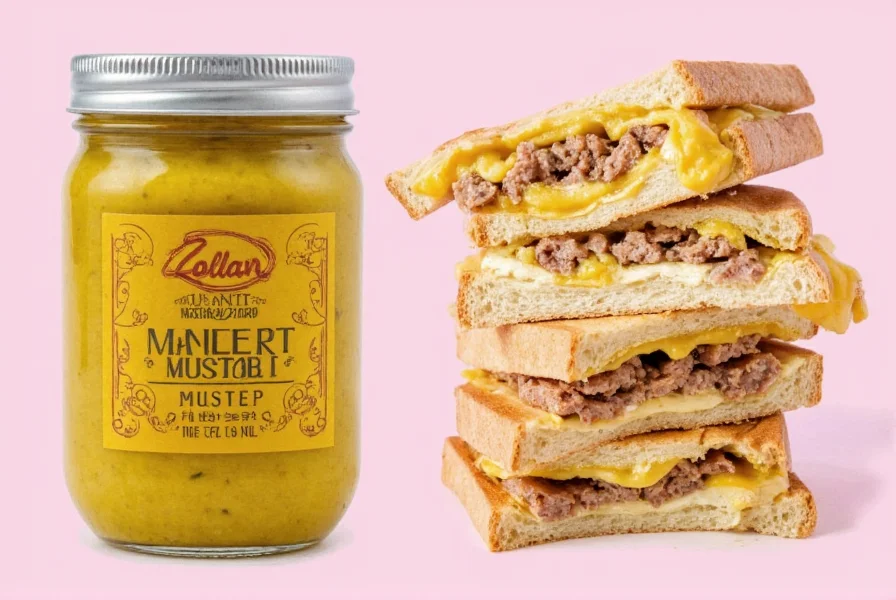
Popular Mustard Varieties Around the World
From France's Dijon to Japan's karashi, every culture has its own twist on mustard:
- Dijon Mustard (France): Made from brown seeds and white wine; sharp and tangy.
- English Mustard: Very hot and bright yellow; often used in British pub fare.
- American Yellow Mustard: Sweet and mild; great for burgers and fries.
- German Mustard: Often spicy and sometimes smoked; pairs well with sausages.
- Karashi (Japan): Smooth and intensely hot, often served with tonkatsu.
- Honey Mustard: Sweet and tangy combo, usually a blend of yellow mustard and honey.
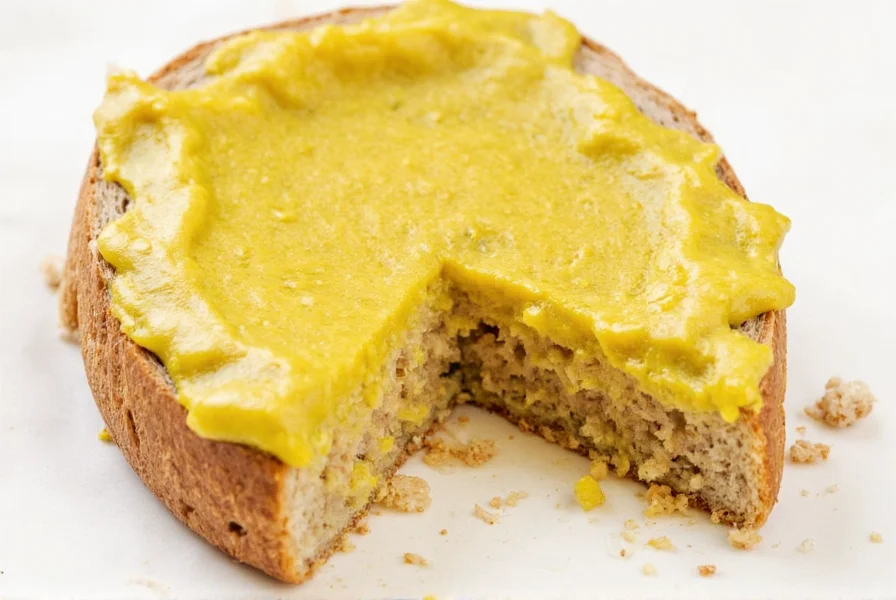
Buying Guide: How to Choose the Right Mustard
When selecting mustard, consider the following factors:
- Intended Use: Sandwiches, marinades, dips, or gourmet sauces?
- Heat Level: From mild to fiery, choose based on your taste buds.
- Texture Preference: Do you want something smooth or chunky?
- Ingredient Quality: Check for additives or artificial flavors if you prefer natural options.
Top Mustard Picks for Different Needs
| Product | Features | Best For |
|---|---|---|
| Grey Poupon Dijon | Smooth, rich, and tangy | Fancy charcuterie boards and sauces |
| French's Classic Yellow | Mild and familiar | Hot dogs, kids' meals, classic American fare |
| Maille Coarse Dijon | Rustic texture, bold flavor | Pickled vegetables and artisanal spreads |
| Kewpie Japanese Karashi | Fiery, smooth paste | Japanese dishes, tonkatsu, and ramen |
| Whole Foods Organic Honey Mustard | Natural ingredients, touch of sweetness | Dipping sauces, salads, and cheese pairings |
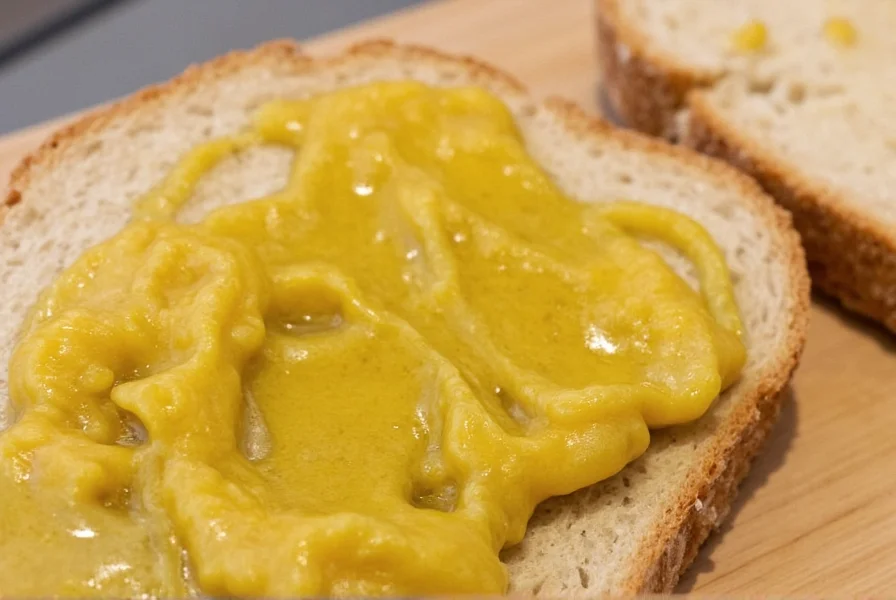
Using Mustard in Cooking: Tips & Tricks
Mustard isn't just for sandwiches! Here are some creative ways to incorporate it into your meals:
- Marinade Enhancer: Add a spoonful of Dijon to your steak or chicken marinade for a flavor boost.
- Dressing Base: Mix with olive oil, lemon juice, and herbs for a quick vinaigrette.
- BBQ Sauce Secret: Combine with ketchup, molasses, and chili powder for a smoky glaze.
- Meat Glaze: Brush over roasted pork or ham before baking for a tangy crust.
- Egg Dishes: Stir into scrambled eggs or deviled egg filling for extra zing.

Frequently Asked Questions About Mustard Ingredients
What are the main ingredients in mustard?
The primary ingredients in mustard are mustard seeds, liquid (typically water, vinegar, wine, or beer), salt, and additional flavorings. When mustard seeds are crushed and mixed with liquid, a chemical reaction occurs that releases the pungent oils responsible for mustard's characteristic heat and flavor. The specific combination and proportions of these ingredients determine the final flavor profile and heat level of the mustard.
What gives mustard its spicy kick?
Mustard's signature heat comes from compounds called glucosinolates found in mustard seeds. When the seeds are crushed and mixed with liquid, these compounds break down to create the pungent oils that give mustard its distinctive bite. Interestingly, the spiciness diminishes over time as these volatile oils evaporate. Different types of mustard seeds contain varying levels of these compounds, which is why black mustard seeds are hotter than yellow ones.
What are the different types of mustard seeds used?
There are three primary types of mustard seeds: yellow (mild and slightly sweet, used in American-style mustard), brown (spicier and earthy, common in Dijon mustard), and black (the hottest variety, popular in Indian cuisine). Each type contributes different flavor profiles and heat levels to the final product. The seed color doesn't always correspond to the final mustard color, as processing methods and additional ingredients also affect the appearance.
Why does mustard get milder over time?
Mustard becomes milder as it ages because the volatile oils responsible for its heat gradually evaporate. Freshly made mustard has the strongest bite, which is why some commercial mustards are aged for weeks or months to develop a smoother, more balanced flavor profile. The type of liquid used also affects how quickly this happens—mustards made with wine or beer tend to mellow more slowly than those made with vinegar.
Can mustard be made without vinegar?
Yes, mustard can be made with various liquids instead of vinegar. Traditional recipes often use water, wine, or beer as the activating liquid. Vinegar helps preserve the mustard and contributes to its tangy flavor, but different liquids create different flavor profiles. For example, Dijon mustard typically uses white wine instead of vinegar, while some German mustards use beer. The choice of liquid significantly impacts both the flavor and shelf life of the final product.
Conclusion
So, "what mustard made out of?" Now you know: a simple mix of seeds, liquid, salt, and flavorings — yet so much more in practice. From the humble yellow mustard to the robust Dijon, each type brings something unique to the table. Whether you're a home cook or a seasoned chef, mustard is a versatile ally in your spice rack.
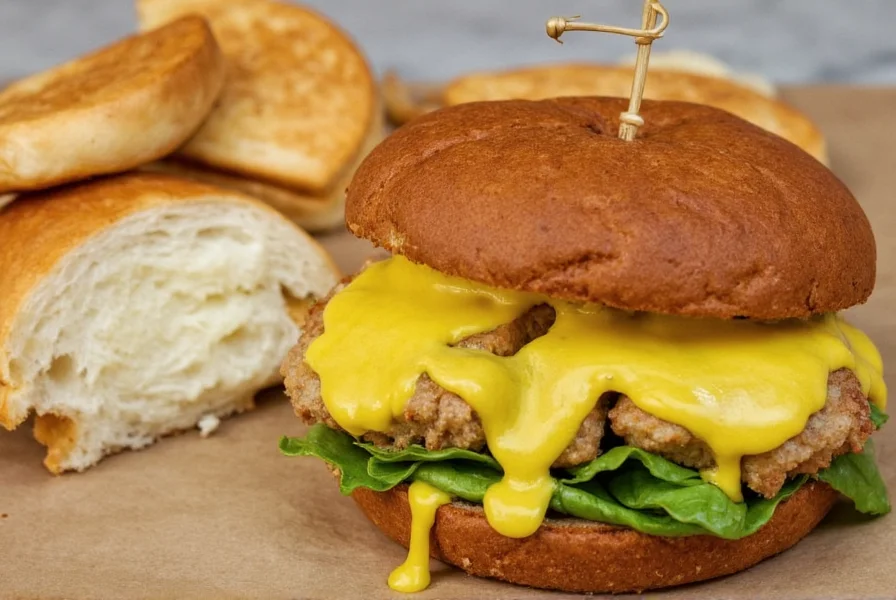
Next time you reach for that jar or squeeze bottle, take a moment to appreciate the centuries of culinary evolution packed into that small jar of golden fire. Happy seasoning!

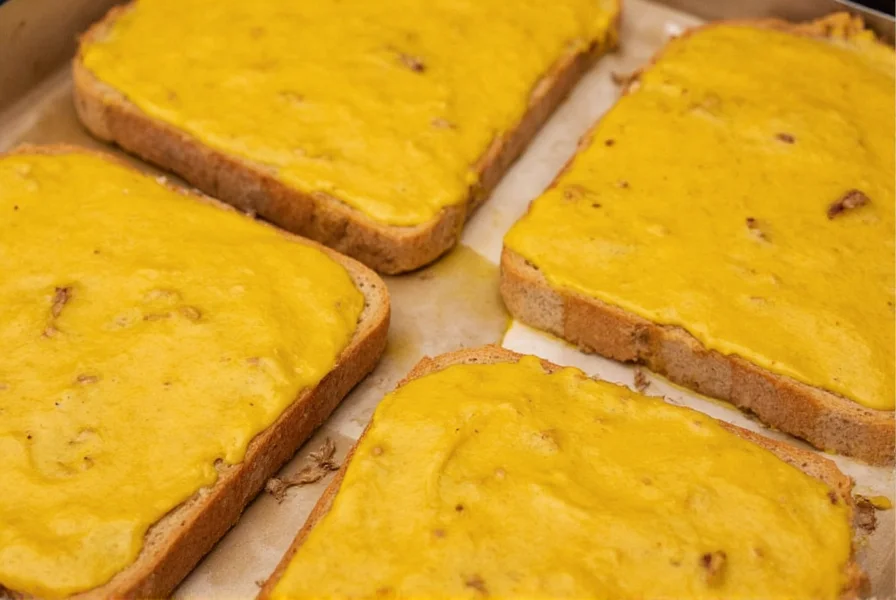









 浙公网安备
33010002000092号
浙公网安备
33010002000092号 浙B2-20120091-4
浙B2-20120091-4